Summer Fun with Curtis Curly-tail!
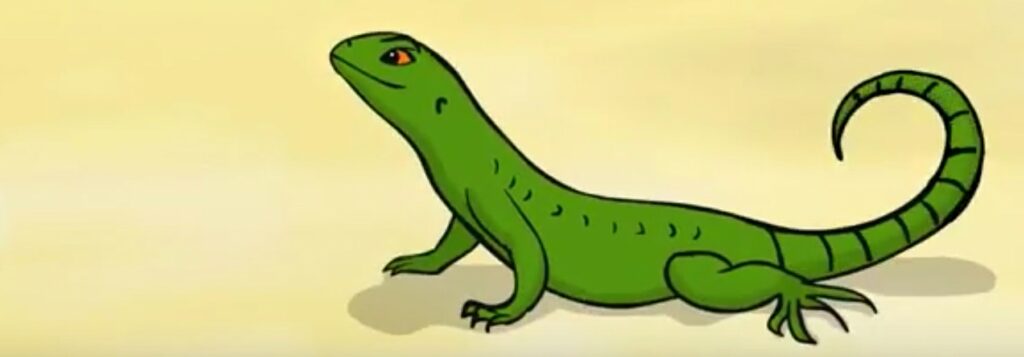
Hey, kids, it’s me Curtis Curly-tail! I know I haven’t blogged in a long time, but hopefully, you’ve been keeping up with my activities on my YouTube channel that I share with Elaine. Watching my videos is a great way to spend the hot middays when it’s too hot to be playing outside. But I […]
My, That’s a Really Big Tongue You Have!
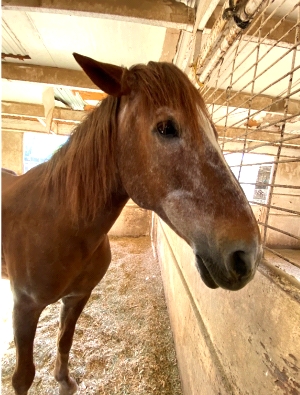
I have learned a lot about horses in the past two years. But there is one ability that continues to amaze me: the agility of the horse’s tongue. Above is a friend of mine, Simby. He has Cushing’s disease, which is treated with a small pill, Prascend. I give the same medicine to my mare […]
How About a Big Bug Snack? It’s High in Protein!

Every seventeen years, the Brood X Cicadas emerge from the ground in the northeast US. They climb and fly, singing their mating call, mate and produce the next generation. With over a million per acre, there are a lot of big, very noisy insects out there. Something different this year is the number of recipes […]
Wear Green on Wednesday, March 17th–It’s Green Iguana Day! by Curtis Curly-tail Lizard
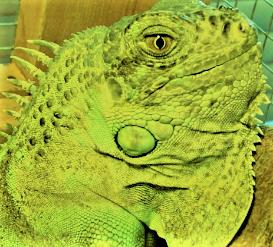
Hello, my fine reptile friends! It’s me, Curtis Curly-tail! I’ve been curled up in my den on Warderick Wells a lot lately, but I HAD to peek out because this Wednesday is March 17th, when we all wear green—for Green Iguana Day! Some of my best friends like Ezra above are Green Iguanas and I […]
A Big Hello from Curtis!
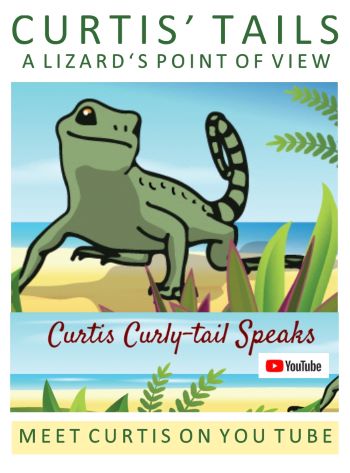
Welcome to Tales and Tails. I am Curtis Curly-tail, the very special lizard who launched Elaine’s career as the author of science-based children’s books–and now, she’s expanding to include science books for adults! Elaine has asked me to share my point of view and I’m very happy to have a place to write about what […]
What Do You Call a Group of Animals?
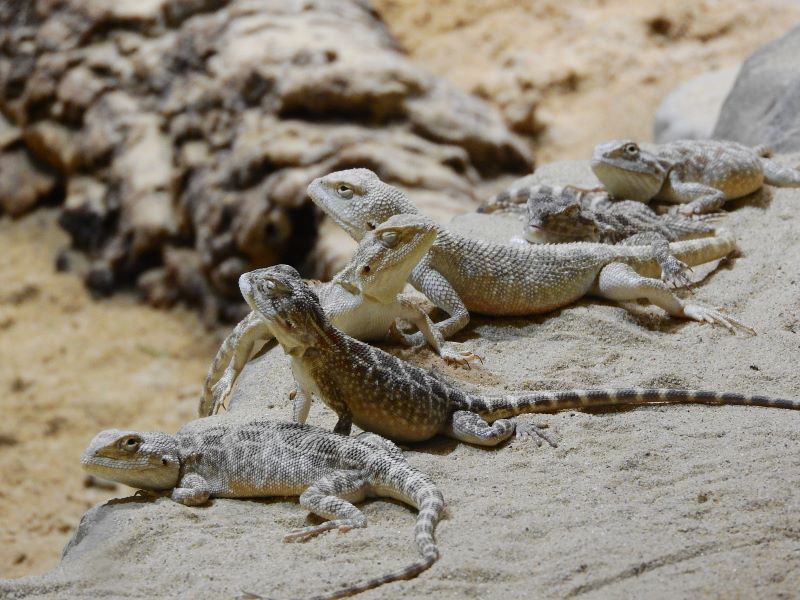
Image courtesy of Markéta Machová from Pixabay Hello, Friends! It’s me, Curtis Curly-tail! How is everybody out there? I hope you are staying strong and well. Are you familiar with collective nouns? I knew they existed. They’re the words that describe a specific group of animals, like a flock of birds or a school of […]
Let ME Tell You How to Find a Lizard! by Curtis Curly-tail Lizard
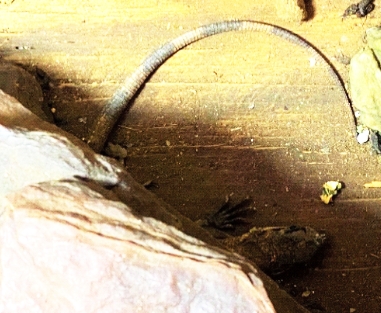
Hello, my friends! It’s been a while! I’m just getting back home after the hurricane on Beach Cay. Phew! THAT was an adventure! If you’d like to see what I’ve been up to, Curtis Curly-tail is Blown Away is now available at Amazon.com. But I’m back, and my friend, Elaine Powers, author, asked me to […]
Did You Know There is More Than One “English?” by Curtis Curly-tail Lizard
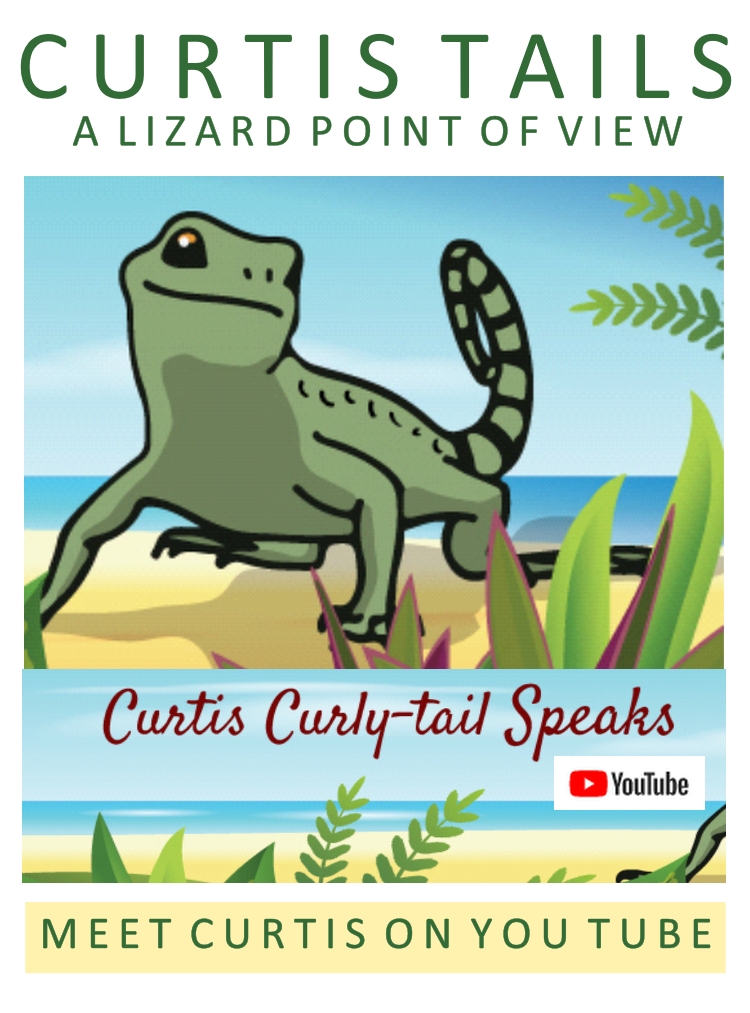
Hi, friends! It’s me—Curtis Curly-tail! Did you miss me? (Come on over and see me at my YouTube page.) I missed you, too! Did you know there is more than one English? I was wondering about Elaine a few times when she didn’t understand something I said–I am from the Bahamas, a member of the […]
It’s Not a Horny Toad! By Curtis Curly-tail Lizard
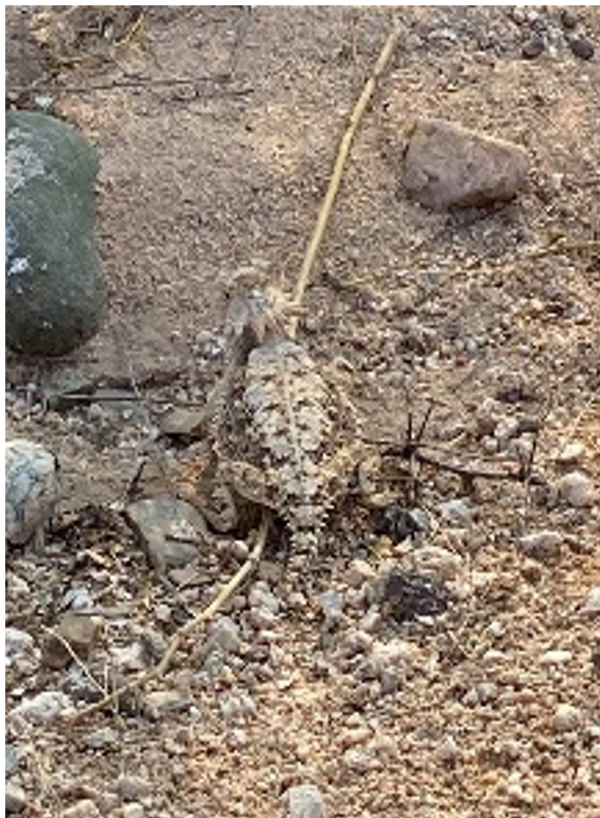
Did you know that people sometimes call lizards toads? Toads—which are amphibians, by the way, not reptiles like us lizards. Even this lizard’s scientific name refers to toads! Phrynosoma means “toad-bodied”–all because they have flat, round bodies and blunt snouts. The correct common name for these interesting lizards is Horned Lizard—not horny toad! The Horned […]
Curtis Curly-tail is Blown Away is Now Available! by Curtis Curly-tail Lizard
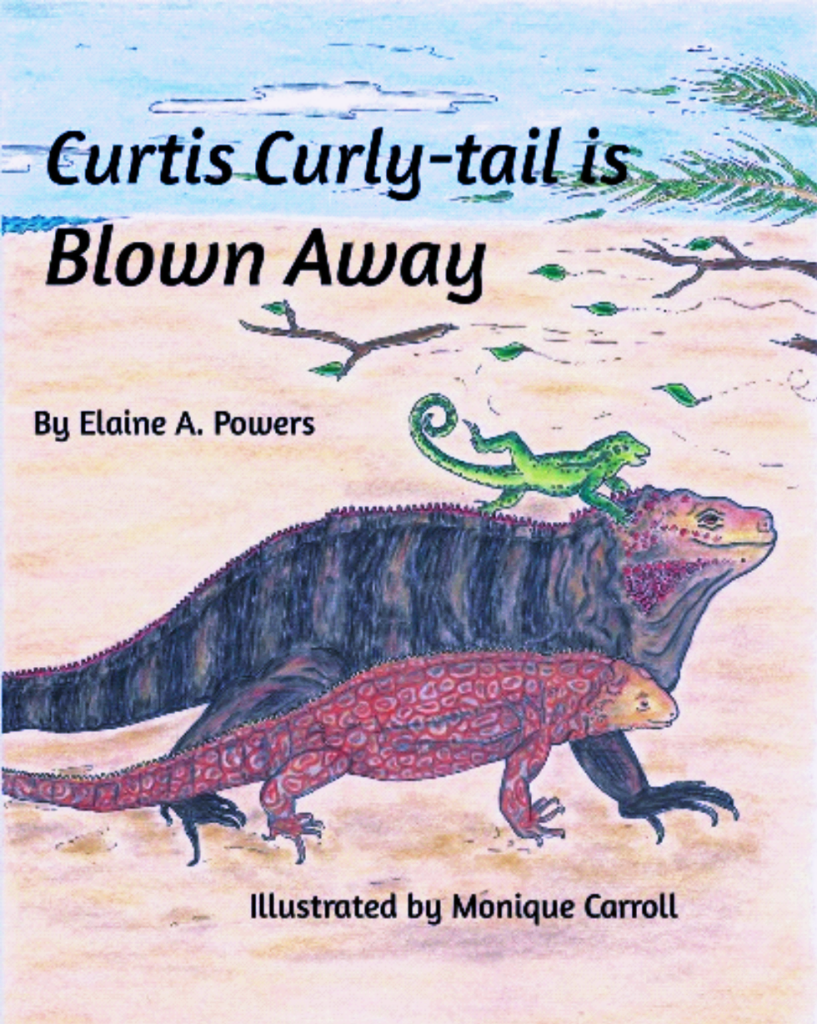
Hello, everyone! I recently mentioned my latest book would soon be out—well, it’s here! The next Curtis Curly-tail adventure has been released: Curtis Curly-tail is Blown Away is written by, of course, my good friend and author, Elaine A. Powers. The gorgeous illustrations are by artist Monique Carroll, who also illustrated Grow Home, Little Seeds. […]
It’s That Time of the Year–Weather is in the News! by Curtis Curly-tail Lizard
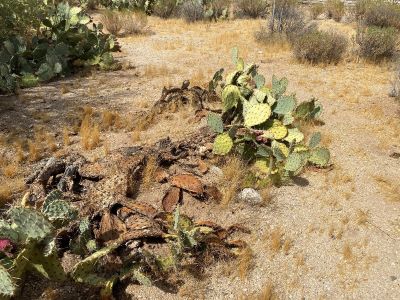
Hello, everyone! I’m Curtis Curly-tail Lizard and every year, all of us in The Bahamas worry about hurricane season. I wrote here before about Hurricane Dorian, which hit the northern part of my country, causing a lot of damage. Of course, this the time of the year, weather is newsworthy in many places–like all the […]
I’m Curtis Curly-tail and Have I Got a Roadrunner Video for You! (Meep-Meep)

“Hello to all! I’m Curtis Curly-tail and I am here to tell you about my latest YouTube video, which focuses on Roadrunners in Southern Arizona. Did you know when these large birds leave tracks behind, you can’t tell what direction they came from or where they went? I wish I could do that! And roadrunners […]
It’s National Sneak Some Zucchini Onto Your Neighbor’s Porch Day by Curtis Curly-tail
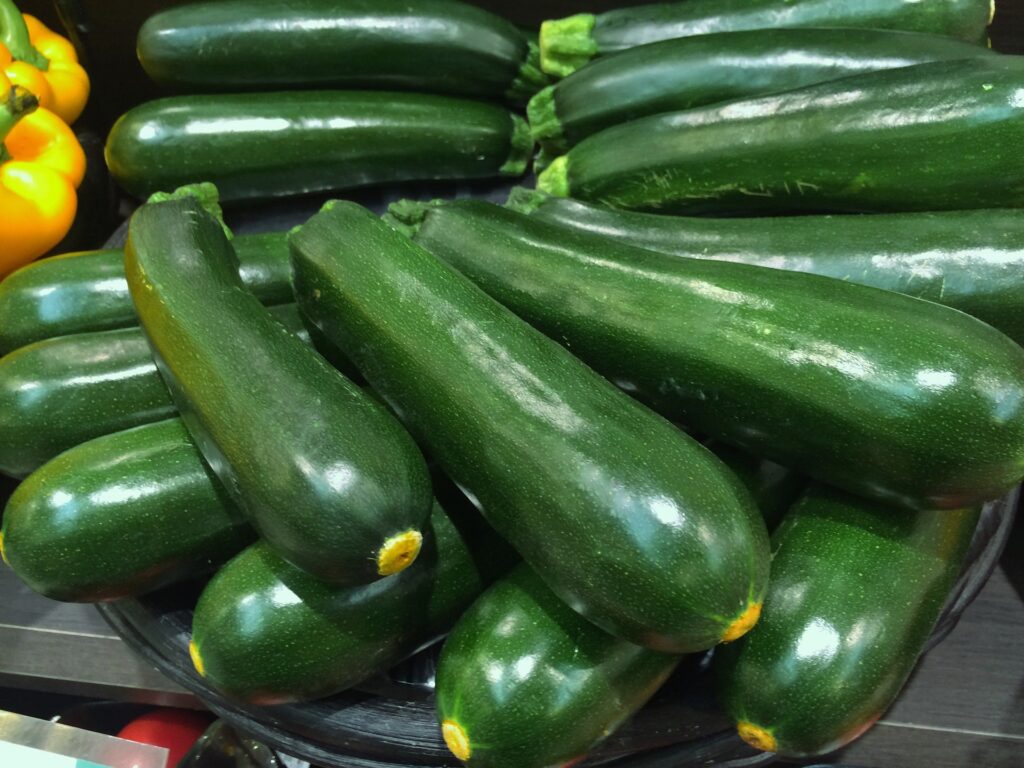
Image courtesy of マサコ アーント (Aunt Masako) from Pixabay Hello, friends! It’s Curtis Curly-tail, star of Curtis Curly-tail Speaks! I hope you are all staying safe and that you are ready to share or receive some zucchini squash. That’s right—August 8th is National Sneak Some Zucchini Onto Your Neighbor’s Porch Day! If you have ever […]
So, You Want to Write a Book? by Curtis Curly-tail Lizard

I’ve heard from many people staying at home now that lots of people want to write a book and writing creatively is a good use of time. I would even say it is a perfect use of time when the stories are about me–or even other reptiles, once in a while. People often ask me […]
It’s New Tech Time–Elaine A. Powers Will Now Visit Your Classroom via Video Conferencing

Image courtesy of Alexandra_Koch from Pixabay Hello, everyone! It’s me, Curtis Curly-tail! You know me as the perfect curly-tail lizard from the Bahamas, who inspired Elaine A. Powers to write her very first children’s science book (fun science adventure tale, that is) called, most appropriately, Curtis Curly-tail and the Ship of Sneakers. Who knew Elaine […]
Desert Dwellers Worshipping the Rain! by Curtis Curly-tail Lizard
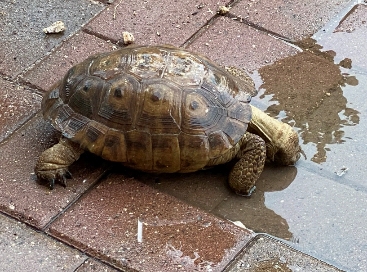
Hello, everyone! I’m Curtis Curly-tail. You may know me as the perfect Curly-tail lizard from the Bahamas with an itch for adventure. OR, perhaps you’ve seen me starring at my very own YouTube page, Curtis Curly-tail Speaks. Well, of course, I do! I am perfect, as they say! Every morning I start the day by […]
Ouch! Cactus Exposed By Curtis Curly-tail Lizard!
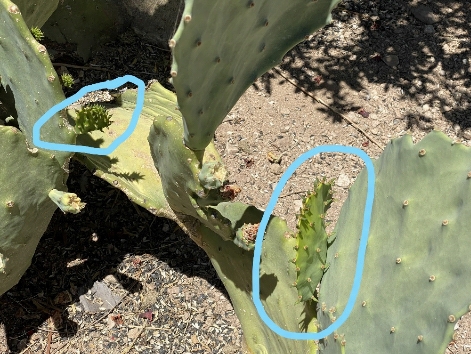
Perhaps you’ve read my stories about reptile meals in my blog posts and on my YouTube Channel, Curtis Curly-tail Speaks! I like helping my human friends prepare the meals for my reptilian companions. This morning I was collecting pads from the prickly pear cactus for the desert tortoises. I only harvest the young pads due […]
Hey, Fans! Here’s My Next Video: All About Cantata Sulcata
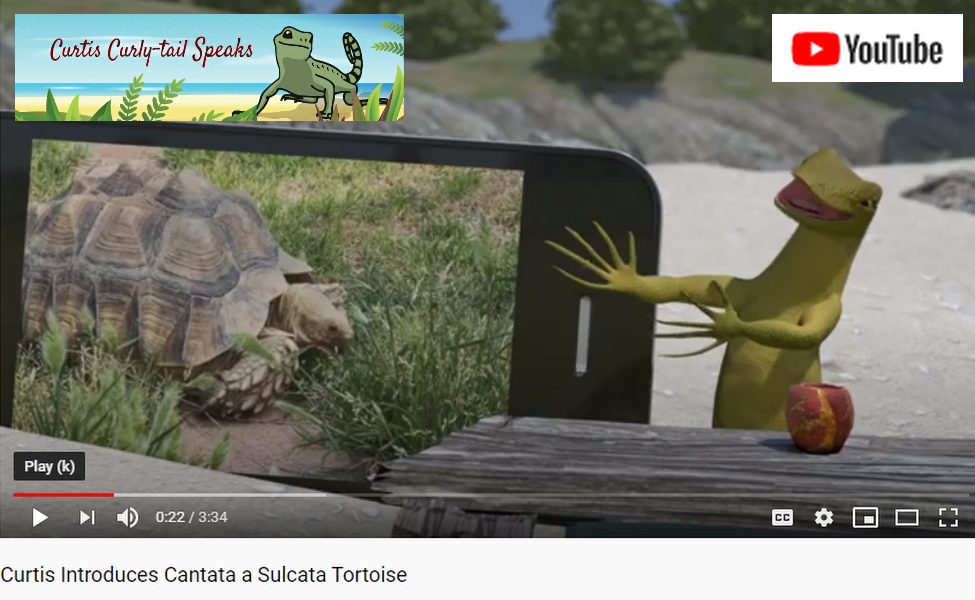
Hi, everyone! It’s me, Curtis Curly-tail Lizard and have I got a video for you! I figured you fell asleep last night thinking about Sulcata tortoises and you wondered: Do they make good pets? Click here on Curtis Curly-tail Introduces Cantata Sulcata to learn all about my friend, Cantata, and these special tortoises. Thanks, and […]
Is That Torpor or Hibernation? by Curtis Curly-tail

Howdy, friends! It’s me, Curtis Curly-tail! You know how I LOVE to bask in the sun? Well, I’ve recently learned that some of my friends go underground when it gets cold—to stay warm! My human friend, Elaine, wrote here at Tales & Tails that round-tailed ground squirrels spend the winter underground to stay warm. Yes, […]
How Do You Know if a Lizard is a Green Iguana? by Curtis Curly-tail
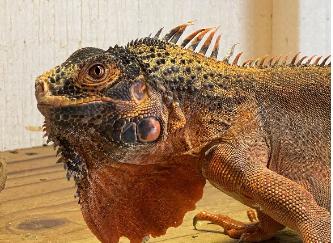
Hello, out there, friends and fans! It’s me, Curtis Curly-tail! Today, I wanted to ask you if you knew that Green Iguanas, Iguana iguana, come in different colors? And, if they come in different colors, how do you tell if a lizard is a green iguana? You look for the subtympanic scale. “What is that?” […]
‘Zoe the Star’ Tortoise! by Curtis Curly-tail
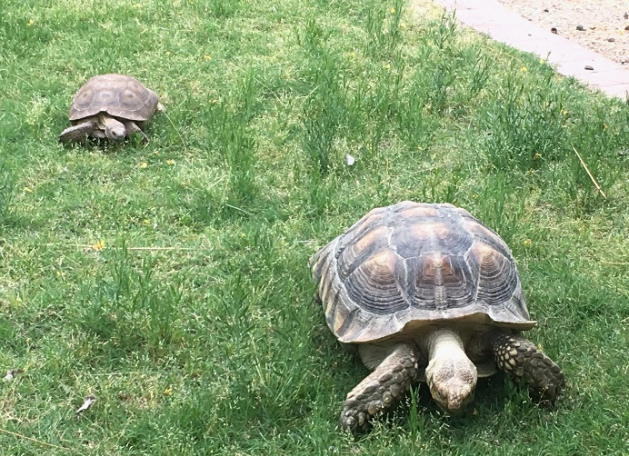
Hello to all my friends out there! I hope you are taking care of yourselves and each other in these difficult times. I’m looking forward to the day when my human friends don’t have to worry anymore about the virus called Covid-19! (If I could, I would banish it right now!) Until this passes, please […]
Why Can’t She Use a Tortoise As A Pillow? by Yours Truly, Curtis Curly-tail
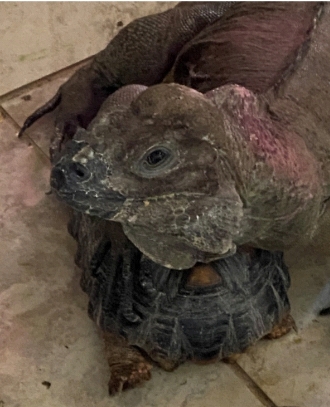
One day, my friend Rango, a Rhino Iguana, and I, a perfect curly-tail lizard, were discussing over Zoom our favorite basking spots. I prefer a nice piece of karst, myself. I like a spot where I can put my front feet up a bit, angle my back to the sun and soak in the rays. […]
Not Everyone Wants to Be a Star! by Curtis Curly-tail
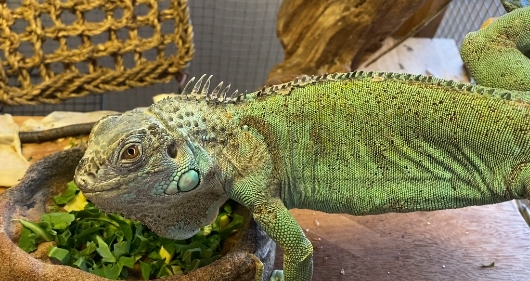
Hello, friends! It’s me, Curtis Curly-tail! I’m visiting my friend and author of fun science books, Elaine A. Powers. She’s working with Brad Peterson, who is, among other things, a talented graphic artist and animator. He had the idea to educate about reptiles by showing them eating. Of course, I agreed to help with the […]
Tabby Sure Has My Attention! How About Yours? by Curtis Curly-tail
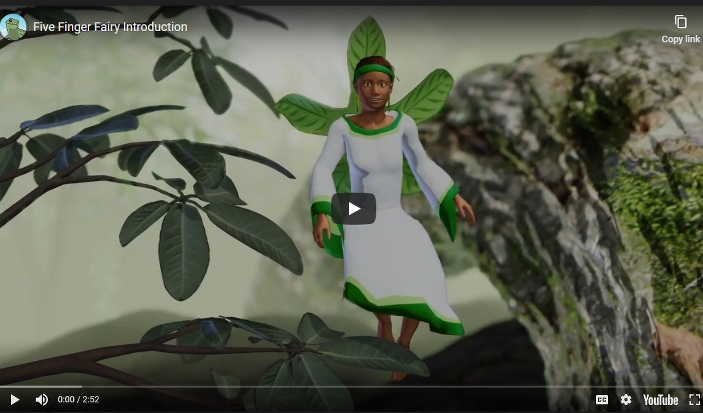
I like to think of author Elaine A. Powers’s You Tube channel as MY channel. It does, after all, say at the top of the page, “Curtis Curly-tail Speaks!” But, I’m like, “Whoo, hoo! Look at that girl go!” I mean, have you seen and heard Tabby the Five-Finger Fairy on You Tube? I’d read […]
He’s NOT a Tortoise! by Curtis Curly-tail
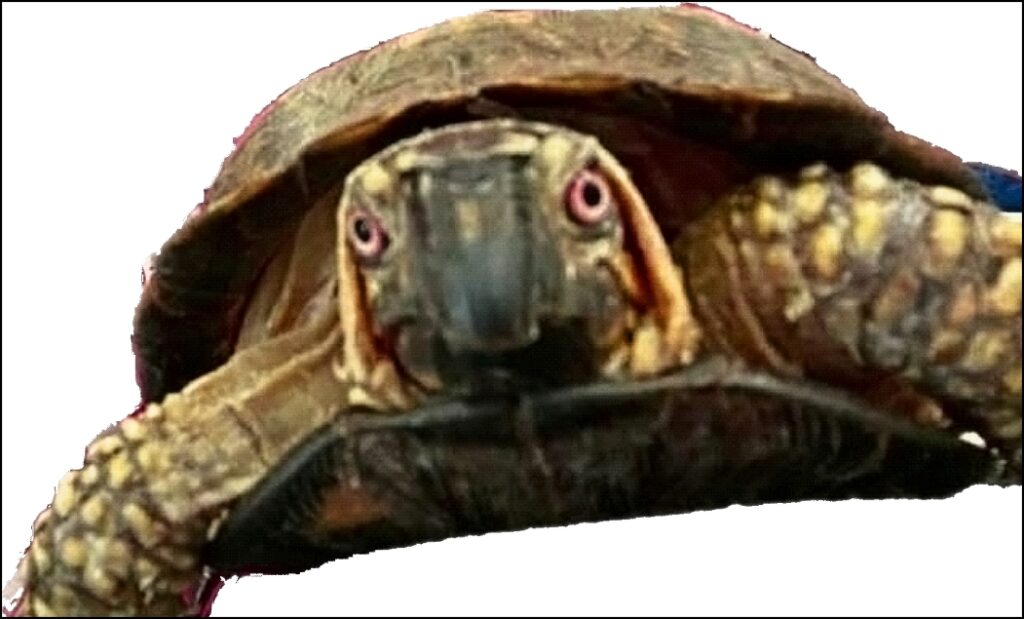
Hello, everyone! It’s me, Curtis Curly-tail, at your service! Well, actually, I’m here today for my friend, Trevor. He asked me to share his rant with you. Trevor is a Box Turtle. He recently posted a selfie at the beginning of a literacy school event on social media. Numerous comments were added about what an attractive […]
Good Thing He Doesn’t Eat Lizards! by Curtis Curly-tail
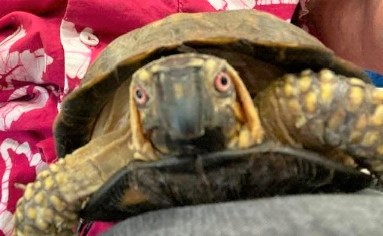
My friend Trevor Box Turtle is a true ambassador for turtles. He enjoys meeting both children and adults, and they love seeing a turtle that can fold up into a box. But Trevor is so friendly that when asked to close into a box, he doesn’t like to fold the hinge in his plastron to […]
There’s Cuckoo Birds Everywhere! By Curtis Curly-tail
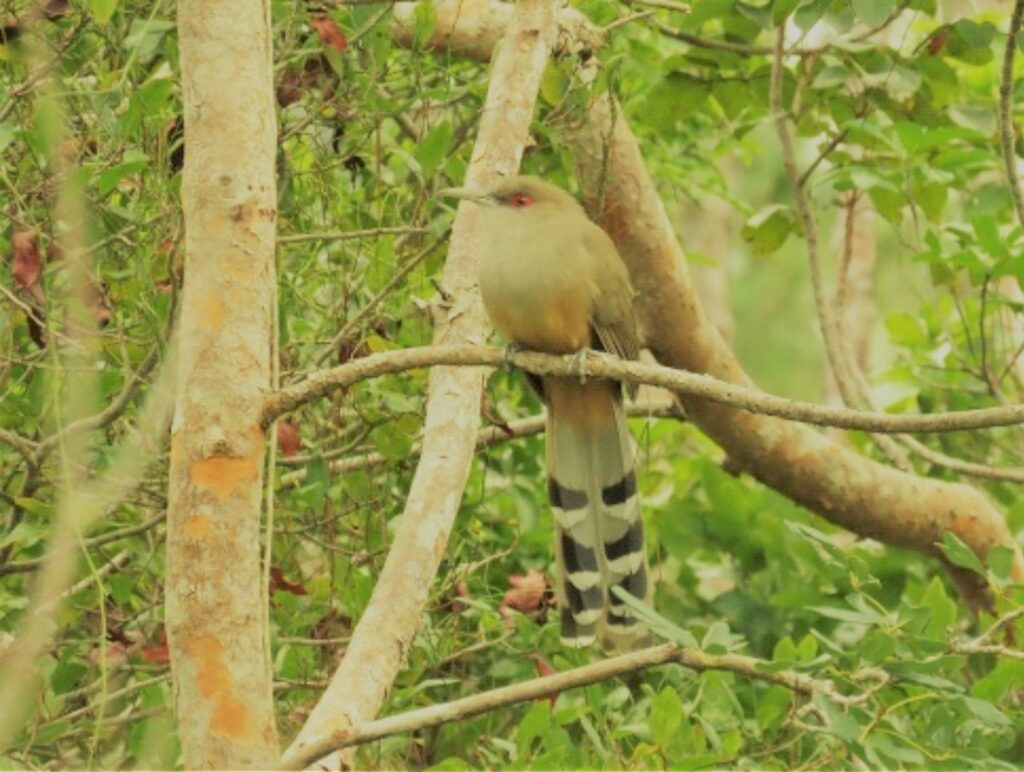
My friend Elaine lives in the Sonoran Desert in Southern Arizona in the US, while I live on Warderick Wells Cay in the Bahamas. Even though we’re over two thousand miles apart, we share a family of birds. I like to have an occasional adventure and when I was visiting the Leon Levy Preserve on […]
Adventure I Must! says Curtis Curly-tail
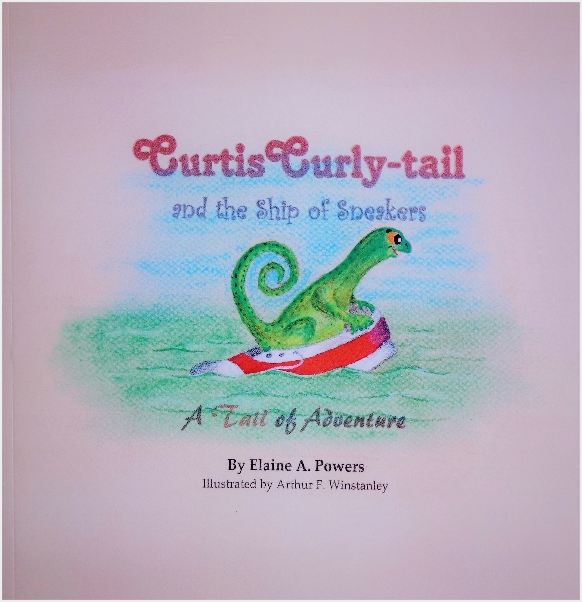
Living on a Caribbean island beach is wonderful (except for dive-bombing seagulls looking for a snack) but some days I do get bored. I love watching people come ashore from their boats, but when they leave, I wonder where the boat is going. Where do those tourists come from? Do they have an island, too? […]
Don’t Call Me Turtle!

Ladies and gentlemen, it’s me, Curtis! Welcome to my first “Tails” post! Today, I’m telling you the story of Myrtle, a Red-foot TORTOISE who lives with Elaine. When Myrtle grew tired of everyone calling her Myrtle the Turtle, one day she asked Elaine to write a book about the differences between tortoises and turtles. Of […]
